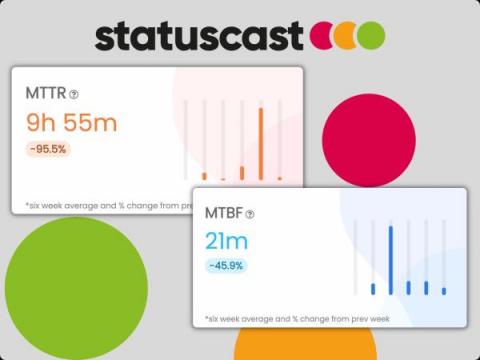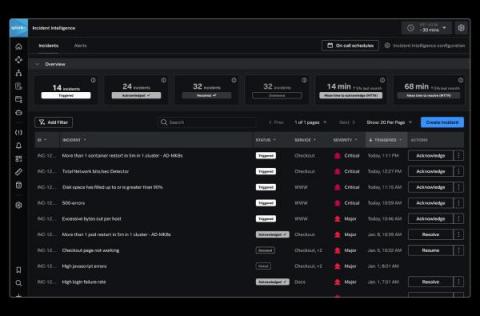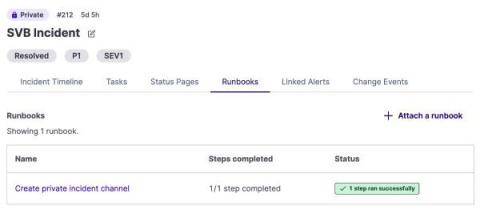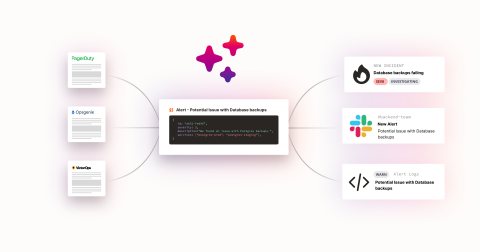What Is MTTR?
Mean Time To Repair, or MTTR, is a critical metric in IT incident management that measures the average time it takes to fix a system failure. The meaning of MTTR can be understood as the average duration needed for an IT team to recover from an incident. It is a fundamental metric for IT teams to track and analyze their efficiency in resolving incidents.











